Home>Furniture & Design>Outdoor Furniture>How To Wire An Outdoor Light
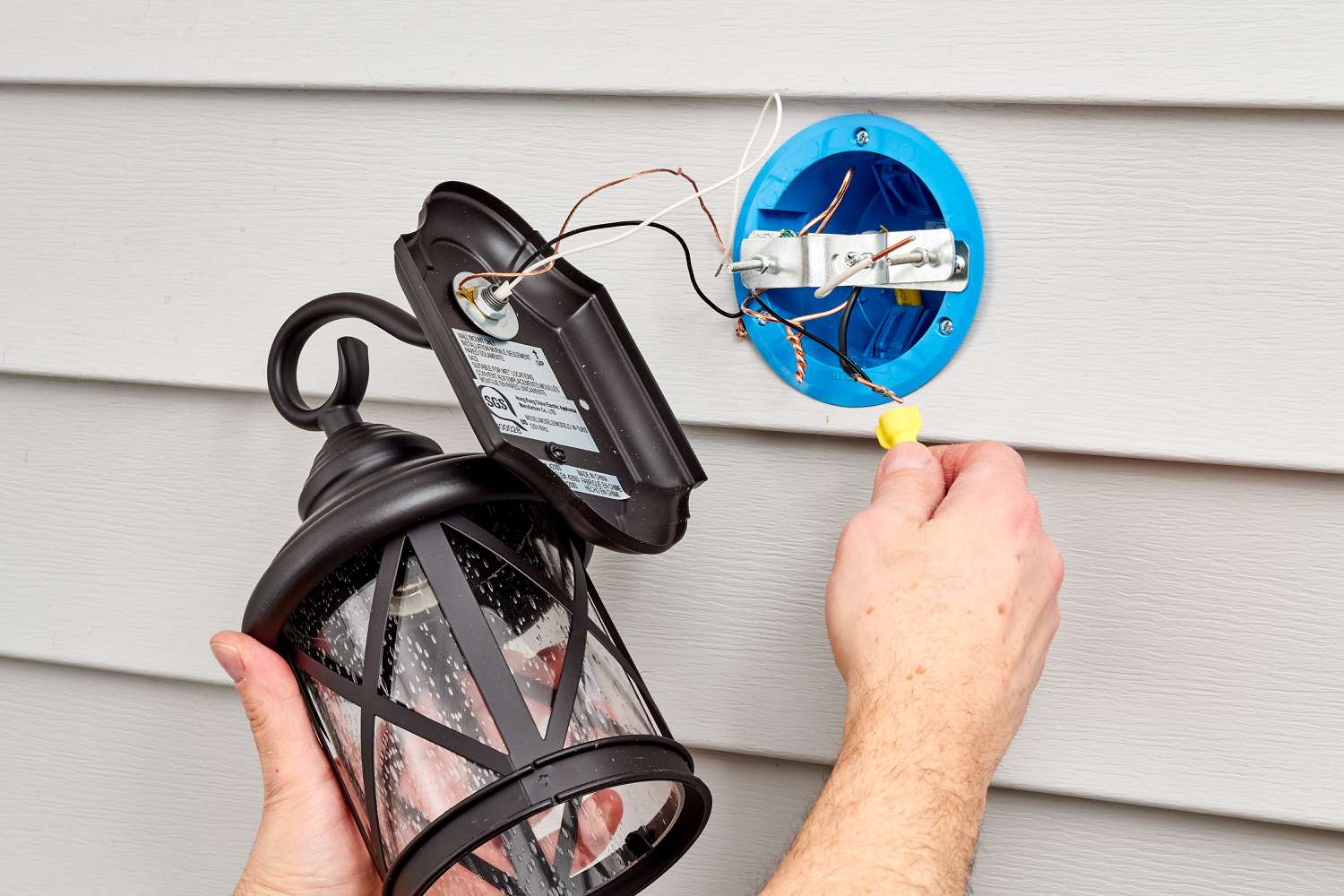

Outdoor Furniture
How To Wire An Outdoor Light
Modified: February 18, 2024
Learn how to wire an outdoor light with our comprehensive guide. Get expert tips on outdoor furniture, design, and installation for your outdoor space. Discover the best techniques for illuminating your outdoor area.
(Many of the links in this article redirect to a specific reviewed product. Your purchase of these products through affiliate links helps to generate commission for Storables.com, at no extra cost. Learn more)
Introduction
Welcome to the world of outdoor lighting! Whether you're looking to illuminate your garden, patio, or porch, installing outdoor light fixtures can enhance the aesthetics and functionality of your outdoor living space. From creating a warm and welcoming ambiance to improving safety and security, outdoor lighting serves a multitude of purposes. In this comprehensive guide, we'll walk you through the process of wiring an outdoor light, providing valuable insights and practical tips to ensure a successful installation.
Outdoor lighting not only adds to the visual appeal of your outdoor area but also extends its usability into the evening hours. Imagine enjoying a cozy dinner on the patio under the soft glow of carefully positioned lights or safely navigating your garden pathways after dark. With the right outdoor lighting, you can effortlessly transform your outdoor space into a captivating and functional retreat.
In this tutorial, we'll cover the essential steps for wiring an outdoor light fixture, equipping you with the knowledge and confidence to tackle this project. Before diving into the technical aspects, it's crucial to prioritize safety. We'll begin by outlining important safety precautions to adhere to throughout the installation process, ensuring that you approach the project with caution and mindfulness.
As we progress, we'll discuss the tools and materials you'll need, the step-by-step process of mounting and wiring the fixture, and the critical post-installation testing phase. By the end of this guide, you'll be well-equipped to illuminate your outdoor space with a professionally installed light fixture, elevating both the aesthetics and functionality of your outdoor environment. So, let's embark on this enlightening journey and bring your outdoor lighting vision to life!
Key Takeaways:
- Illuminate your outdoor space safely and effectively by following essential steps, from wiring to testing, for a captivating and functional lighting installation.
- Prioritize safety, precision, and attention to detail to bring your outdoor lighting vision to life, creating a captivating and inviting ambiance for memorable experiences.
Read more: How To Hide Outdoor Lighting Wires
Safety Precautions
Prior to embarking on any electrical project, it’s paramount to prioritize safety to mitigate the risk of accidents and ensure a secure installation. When working with outdoor lighting fixtures, especially those involving electrical wiring, adherence to safety precautions is non-negotiable. Here are essential safety measures to observe before, during, and after wiring an outdoor light:
- Power Off: Always turn off the power supply to the designated circuit at the breaker box before commencing any work. Use a voltage tester to confirm that the power is indeed off before handling any wires or fixtures.
- Weather Awareness: Be mindful of weather conditions when working outdoors. Avoid installing outdoor lights during inclement weather, such as rain or snow, as moisture can pose electrical hazards. Ensure the work area is dry and free from standing water.
- Insulation Integrity: Inspect the wiring and insulation for any signs of damage or wear. Damaged insulation can lead to electrical shorts and pose a fire hazard. Replace any compromised wiring before proceeding with the installation.
- Proper Grounding: Ensure that the electrical system is properly grounded to safeguard against electrical shocks and potential overloads. Follow the manufacturer’s instructions and local electrical codes for grounding requirements.
- Personal Protective Equipment (PPE): Wear appropriate PPE, including insulated gloves and safety goggles, to protect yourself from potential electrical hazards and debris during the installation process.
- Avoid Overloading Circuits: Be mindful of the electrical load on the circuit. Avoid overloading the circuit by adding too many fixtures, which can lead to overheating and potential fire hazards.
- Code Compliance: Familiarize yourself with local building codes and regulations pertaining to outdoor electrical installations. Adhering to code requirements ensures the safety and legality of your outdoor lighting project.
- Professional Consultation: If you encounter electrical complexities beyond your expertise, consider consulting a licensed electrician to ensure the proper and safe installation of your outdoor light fixture.
By conscientiously following these safety precautions, you can mitigate potential hazards and execute a secure and reliable outdoor light installation. Prioritizing safety not only protects you and your property but also contributes to the longevity and effectiveness of your outdoor lighting system.
Tools and Materials
Before delving into the installation process, it’s essential to gather the necessary tools and materials to ensure a smooth and efficient workflow. Here’s a comprehensive list of the tools and materials you’ll need to wire an outdoor light fixture:
Tools:
- Screwdriver Set: A set of flathead and Phillips screwdrivers for securing mounting brackets and electrical connections.
- Wire Strippers: Essential for cleanly stripping insulation from the wire ends for proper connection.
- Adjustable Wrench: Used for securing the mounting hardware and adjusting the fixture as needed.
- Drill and Bits: For pre-drilling mounting holes and accommodating any necessary hardware.
- Wire Cutters: For cleanly cutting and trimming electrical wires to the required lengths.
- Voltage Tester: To verify the absence of electrical current before handling wires and components.
- Work Gloves and Safety Goggles: Personal protective equipment to safeguard against potential hazards during the installation.
- Ladder or Step Stool: Depending on the installation height, a stable platform for reaching and mounting the fixture.
Materials:
- Outdoor Light Fixture: Select a suitable fixture designed for outdoor use, considering factors such as weather resistance and aesthetic appeal.
- Mounting Hardware: Ensure you have the necessary screws, bolts, and anchors for securely mounting the fixture to the designated surface.
- Electrical Cable: Outdoor-rated electrical cable of the appropriate gauge for the fixture's power requirements.
- Wire Nuts: For securely connecting and insulating electrical wires.
- Electrical Tape: To further insulate wire connections and provide added protection.
- Wire Connectors: Depending on the fixture's wiring configuration, select the appropriate connectors for secure and reliable connections.
- Bulbs: If the fixture does not come with integrated bulbs, ensure you have the correct type and wattage for the desired lighting effect.
- Waterproof Caulk or Sealant: To seal any gaps and prevent moisture intrusion around the fixture's mounting surface.
By assembling these tools and materials in advance, you’ll be well-prepared to tackle the installation process with confidence and efficiency. Having the right equipment and components at your disposal streamlines the project and ensures a professional and durable outcome for your outdoor lighting fixture.
Read more: What Wire To Use For Outdoor Lighting
Step 1: Turn Off Power
Prior to initiating any work on the outdoor light fixture, it is imperative to deactivate the power supply to the designated circuit at the breaker box. This crucial step ensures your safety and prevents the risk of electrical shock or injury during the installation process. Follow these steps to safely turn off the power:
- Locate the Circuit: Identify the specific circuit that powers the outdoor light fixture. If the circuit is not clearly labeled, use a non-contact voltage tester to verify which breaker controls the power supply to the fixture.
- Switch Off the Breaker: Once you’ve identified the correct breaker, switch it to the "off" position to cut off the electrical supply to the circuit. Confirm that the power is indeed off by using a voltage tester to check for the absence of current at the fixture’s wiring and connections.
- Secure the Breaker: After turning off the power, secure the breaker in the "off" position to prevent accidental reactivation while you work on the installation.
- Verify the Power Absence: Use the voltage tester once again to confirm that there is no electrical current present at the fixture’s wiring, ensuring that it is safe to proceed with the next steps of the installation.
By diligently following these steps to deactivate the power supply, you create a safe working environment for the subsequent stages of the installation process. Ensuring that the electrical circuit is completely de-energized minimizes the risk of accidents and allows for a secure and focused approach to wiring the outdoor light fixture.
Step 2: Mount the Fixture
With the power supply safely deactivated, you can proceed to mount the outdoor light fixture in your desired location. Whether you’re installing a wall-mounted sconce, a pendant light for a pergola, or a post light for the garden, the mounting process sets the foundation for the fixture’s secure placement. Follow these steps to effectively mount the fixture:
- Select the Mounting Location: Choose a suitable location for the fixture, considering factors such as illumination coverage, aesthetic appeal, and practical functionality. Ensure the chosen surface is structurally sound and can support the weight of the fixture.
- Mark Mounting Holes: Using a pencil or marker, mark the positions for the mounting holes based on the fixture’s mounting plate or backplate. Double-check the alignment and levelness of the markings before proceeding.
- Pre-Drill Mounting Holes: Utilize an appropriate drill bit to pre-drill the marked holes, taking care to use the correct bit size for the mounting hardware provided with the fixture. This step facilitates easier installation and prevents damage to the mounting surface.
- Attach Mounting Hardware: Securely fasten the mounting bracket or plate to the designated surface using the provided screws or anchors. Ensure the fixture is level and securely anchored to the surface, making any necessary adjustments as needed.
- Prepare Wiring Access: If the fixture requires direct wiring, ensure that the electrical cable is appropriately positioned to reach the fixture’s wiring compartment. Leave adequate slack in the cable to facilitate the wiring connections without strain.
By meticulously following these steps, you establish a solid foundation for the outdoor light fixture, ensuring its stability and proper alignment. The mounting phase sets the stage for the subsequent wiring and fixture attachment, laying the groundwork for a professional and visually appealing installation.
Step 3: Connect the Wires
With the fixture securely mounted, the next pivotal step is to connect the electrical wires, facilitating the power supply to the outdoor light. Properly connecting the wires is critical to ensure the fixture operates safely and effectively. Follow these essential steps to connect the wires:
- Prepare the Wires: If the fixture comes with pre-stripped wire leads, ensure that the insulation is trimmed to reveal the appropriate length of wire for connection. If the wires are not pre-stripped, use wire strippers to carefully remove the insulation, exposing the necessary length of conductor.
- Match the Wires: Align the corresponding wires from the electrical cable with those from the light fixture, ensuring a color-coded match of the wires. Typically, black or red wires denote the "hot" or live wire, white wires signify the neutral wire, and green or bare copper wires represent the ground wire.
- Secure the Connections: Use wire nuts to securely connect the matching wires, twisting them together clockwise and then covering the connections with the appropriate-sized wire nut. Ensure that the wire nuts are snug and that no bare conductor is exposed beyond the nut.
- Insulate the Connections: After securing the wire nuts, wrap each individual connection with electrical tape to provide an additional layer of insulation and protect the connections from environmental elements.
- Tuck the Wires: Carefully tuck the connected wires into the electrical box or wiring compartment of the fixture, ensuring that the connections are neatly arranged and do not impede the fixture’s installation or operation.
By meticulously following these steps, you establish secure and reliable electrical connections, laying the groundwork for the successful operation of the outdoor light fixture. Attention to detail and precision in wiring ensures the safety and functionality of the fixture, contributing to a professional and enduring installation.
When wiring an outdoor light, make sure to turn off the power at the breaker before starting. Use weatherproof connectors and follow the manufacturer’s instructions for proper installation.
Step 4: Secure the Fixture
Once the electrical connections are in place, the next crucial step is to securely affix the outdoor light fixture, ensuring its stability and proper alignment. Properly securing the fixture not only enhances its aesthetic appeal but also contributes to its longevity and functionality. Follow these essential steps to secure the fixture:
- Position the Fixture: Adjust the fixture as needed to achieve the desired orientation and alignment. Ensure that the fixture is level and securely positioned before proceeding with the final attachment.
- Fasten the Fixture: Utilize the provided screws or fastening hardware to securely attach the fixture to the mounting bracket or plate. Follow the manufacturer’s guidelines for the recommended fastening method and torque specifications to prevent over-tightening or loosening of the fixture.
- Double-Check Stability: Once the fixture is fastened, gently test its stability by applying slight pressure and ensuring that it remains securely anchored. Confirm that the fixture does not sway or exhibit any signs of instability.
- Adjust as Needed: Make any final adjustments to the fixture’s position and alignment, ensuring that it complements the surrounding environment and provides optimal illumination coverage.
By meticulously following these steps, you ensure that the outdoor light fixture is securely and aesthetically affixed, ready to fulfill its intended purpose. Attention to detail and precision in securing the fixture contribute to a professional and enduring installation, enhancing both the visual appeal and functional performance of the outdoor lighting system.
Read more: What Size Wire For Outdoor Lighting
Step 5: Test the Light
With the outdoor light fixture securely mounted and wired, the final step is to test the functionality of the light, ensuring that it operates as intended and delivers the desired illumination. This critical phase allows you to verify the successful installation and address any potential issues before completing the project. Follow these essential steps to test the light:
- Restore Power: Return to the breaker box and carefully switch the power supply back on for the designated circuit that powers the outdoor light fixture. Confirm that the power is restored and flowing to the fixture.
- Activate the Light: With the power reinstated, activate the light switch or control mechanism associated with the outdoor fixture. Observe the fixture to ensure that it illuminates properly and emits the intended level of light.
- Check for Proper Function: Assess the functionality of the light, verifying that it produces consistent and uniform illumination without flickering or unusual behavior. Evaluate the light’s coverage and intensity to ensure it aligns with your intended lighting objectives.
- Adjustments and Fine-Tuning: If necessary, make any adjustments to the fixture’s positioning, orientation, or bulb type to optimize its performance and achieve the desired lighting effect. Address any issues related to brightness, coverage, or alignment as needed.
- Inspect Surrounding Area: Evaluate the surrounding area to ensure that the light effectively illuminates the intended space, addressing any potential dark spots or areas of insufficient coverage. Make adjustments to the fixture or additional lighting elements if necessary.
By meticulously following these steps, you can confidently assess the operational effectiveness of the outdoor light fixture, ensuring that it meets your expectations and enhances the designated outdoor area. Thorough testing and fine-tuning contribute to a successful and satisfying installation, allowing you to fully appreciate the impact of your newly installed outdoor lighting system.
Conclusion
Congratulations on successfully completing the installation of your outdoor light fixture! By following the comprehensive steps outlined in this guide, you’ve embarked on a journey to enhance the aesthetics, safety, and functionality of your outdoor living space. The addition of outdoor lighting not only elevates the visual appeal of your property but also extends its usability into the evening hours, creating a captivating and inviting ambiance.
Throughout the installation process, you prioritized safety, meticulous attention to detail, and adherence to best practices, ensuring a secure and reliable outcome. By deactivating the power supply, mounting the fixture with precision, connecting the electrical wires effectively, and testing the light for optimal performance, you’ve demonstrated a commitment to excellence in outdoor lighting installation.
As you bask in the warm glow of your newly installed outdoor light, take a moment to appreciate the transformative impact it has on your outdoor environment. From illuminating pathways and gathering areas to accentuating architectural features and landscaping, outdoor lighting adds depth and character to your outdoor space, creating a welcoming and enchanting atmosphere.
Whether you’re hosting outdoor gatherings, enjoying quiet evenings on the patio, or simply enhancing the curb appeal of your home, the addition of outdoor lighting enriches your outdoor lifestyle and amplifies the beauty of your surroundings. Embrace the versatility and allure of outdoor lighting as it extends the allure of your outdoor space well into the night, fostering memorable experiences and moments of tranquility.
As you revel in the enchanting glow of your outdoor light fixture, take pride in the craftsmanship and care you’ve invested in its installation. Your commitment to creating an inviting and well-lit outdoor environment enriches your daily experiences and leaves a lasting impression on guests and visitors.
With your outdoor lighting project successfully completed, you’ve not only illuminated your outdoor space but also illuminated the potential for unforgettable moments and cherished memories in your outdoor sanctuary.
Frequently Asked Questions about How To Wire An Outdoor Light
Was this page helpful?
At Storables.com, we guarantee accurate and reliable information. Our content, validated by Expert Board Contributors, is crafted following stringent Editorial Policies. We're committed to providing you with well-researched, expert-backed insights for all your informational needs.
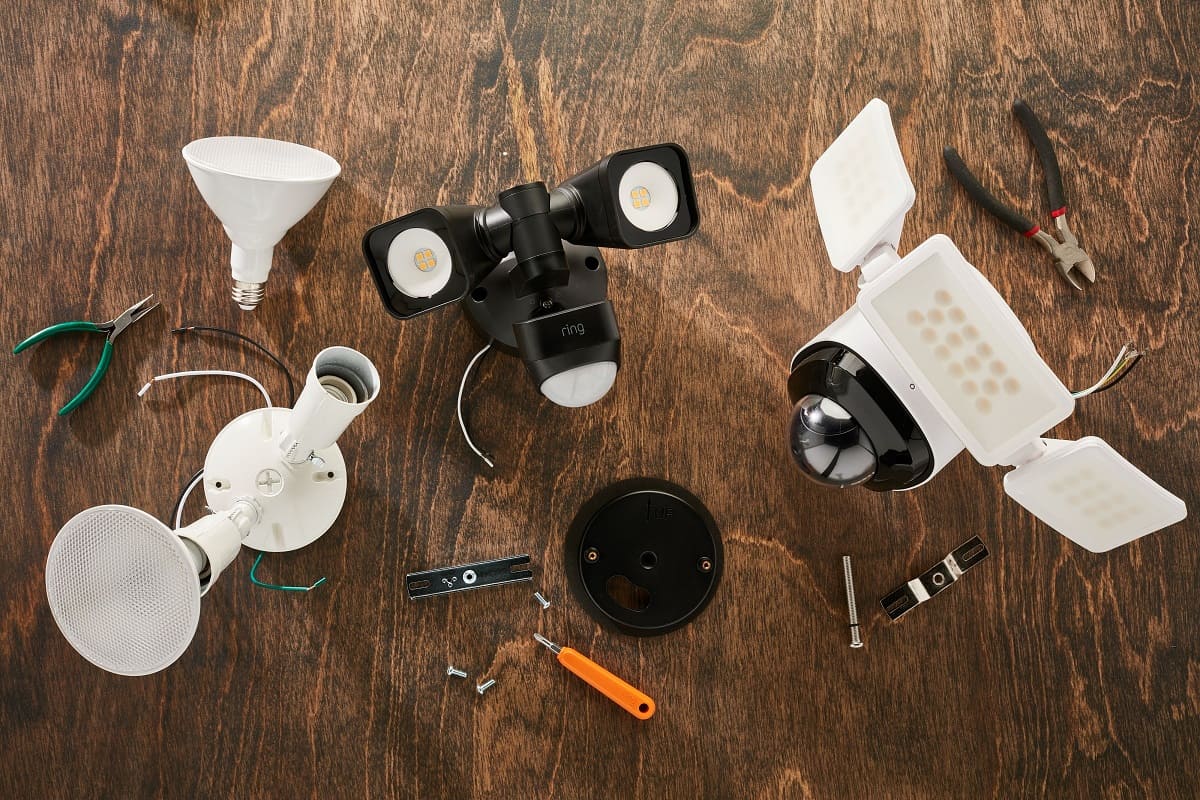
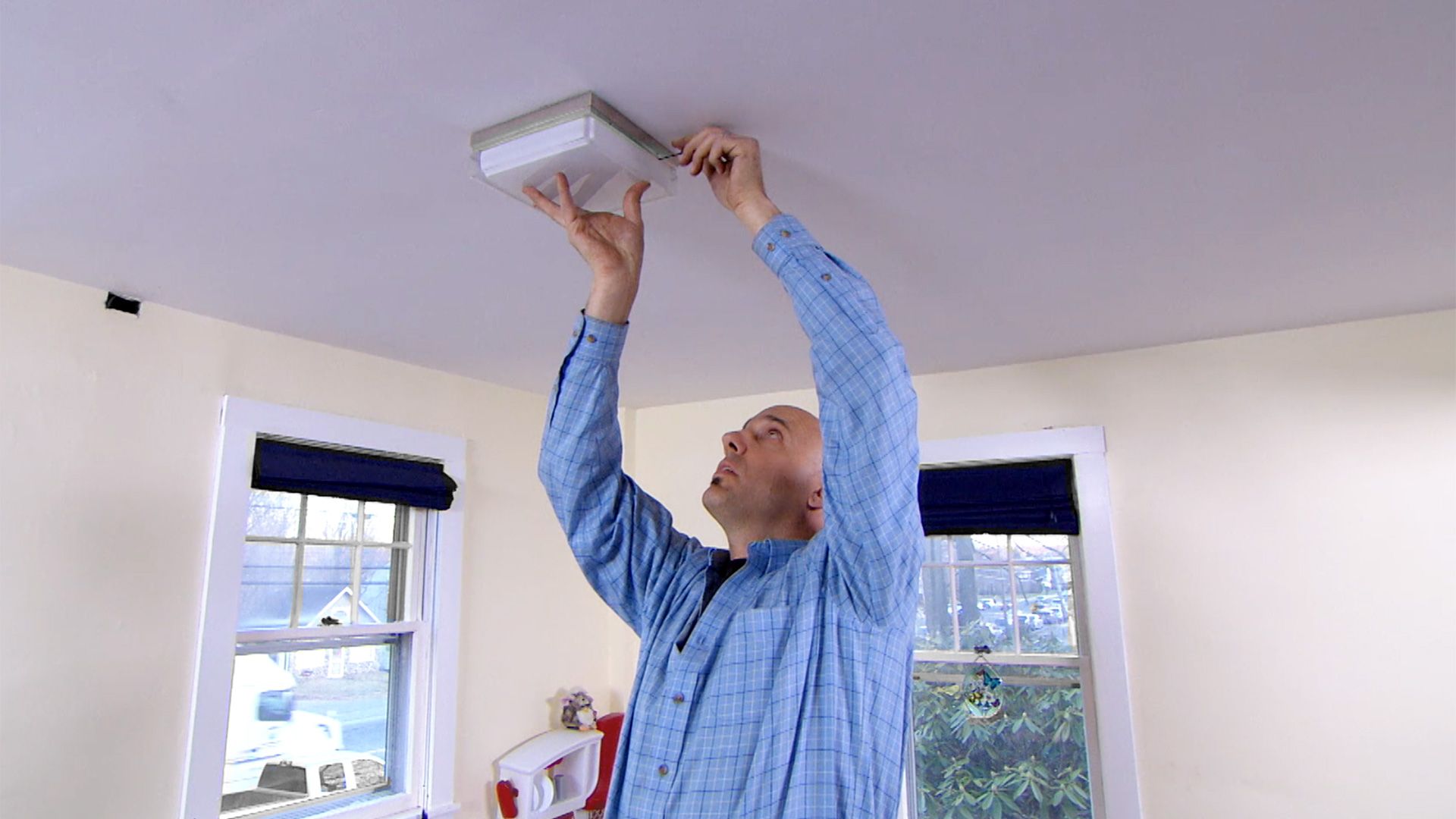
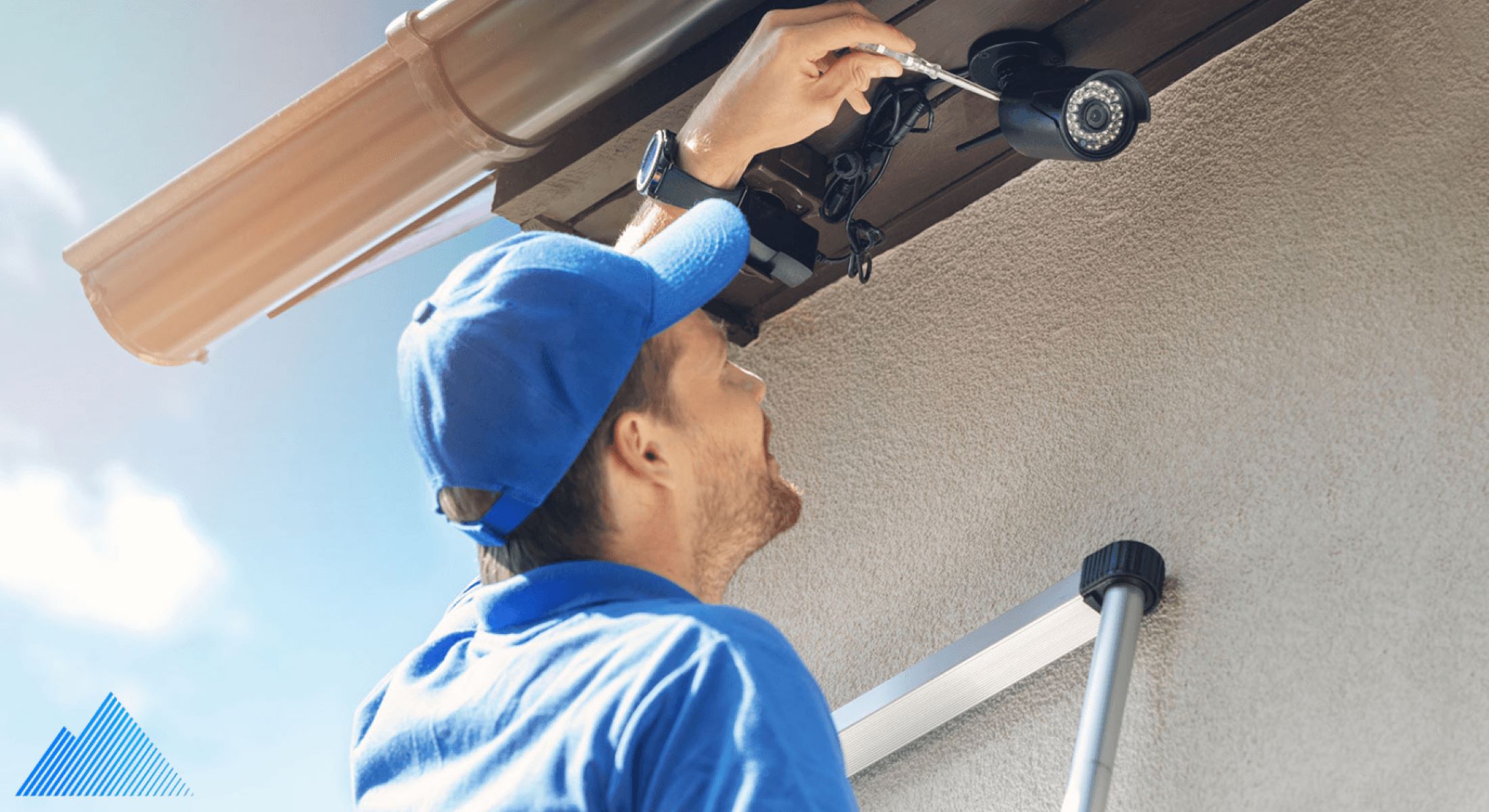
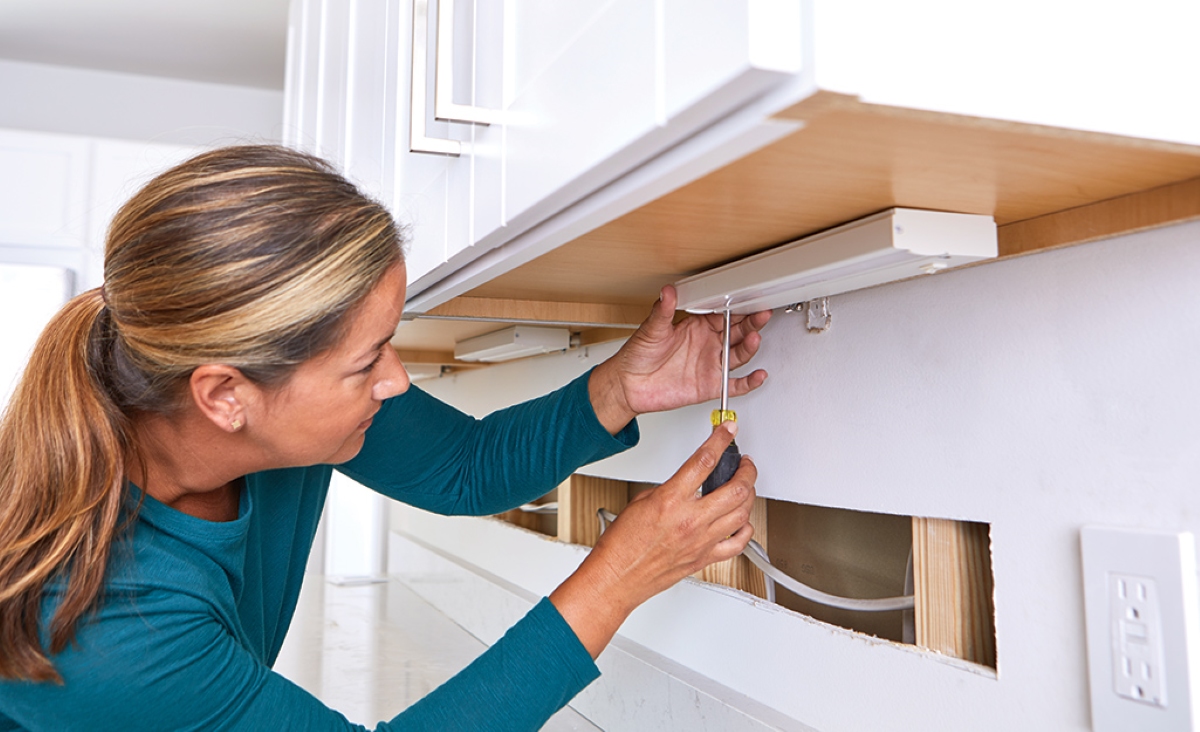
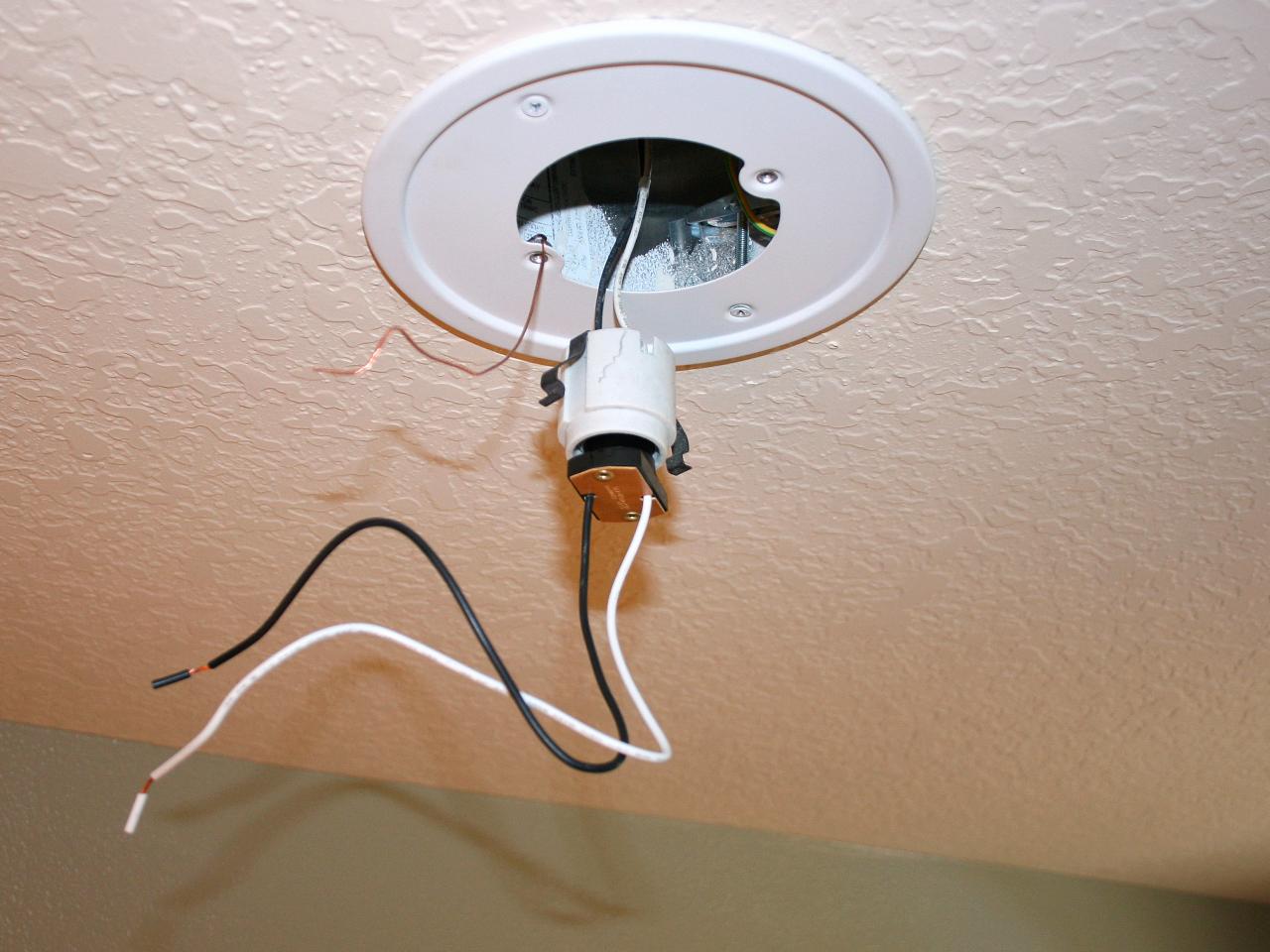
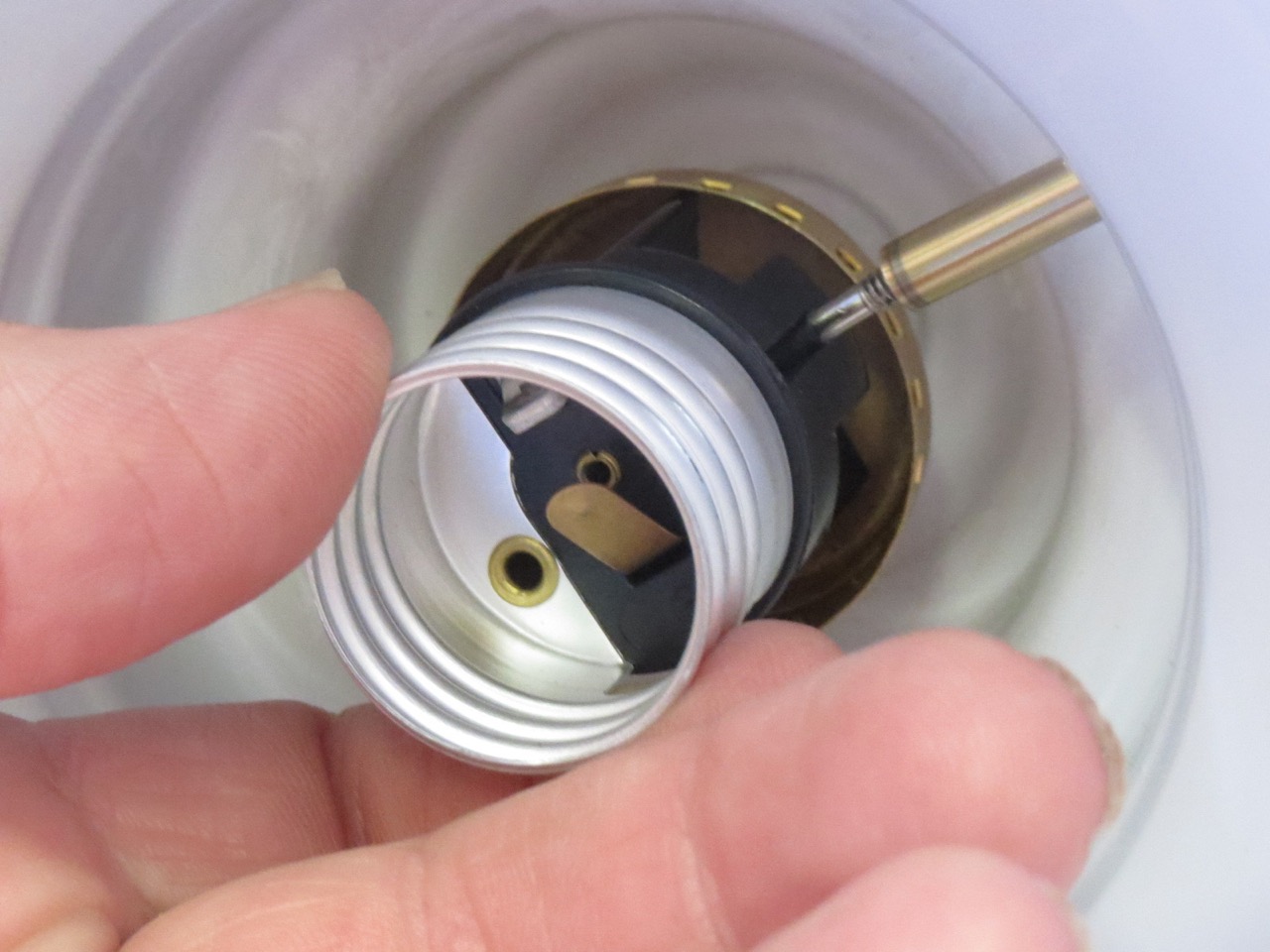
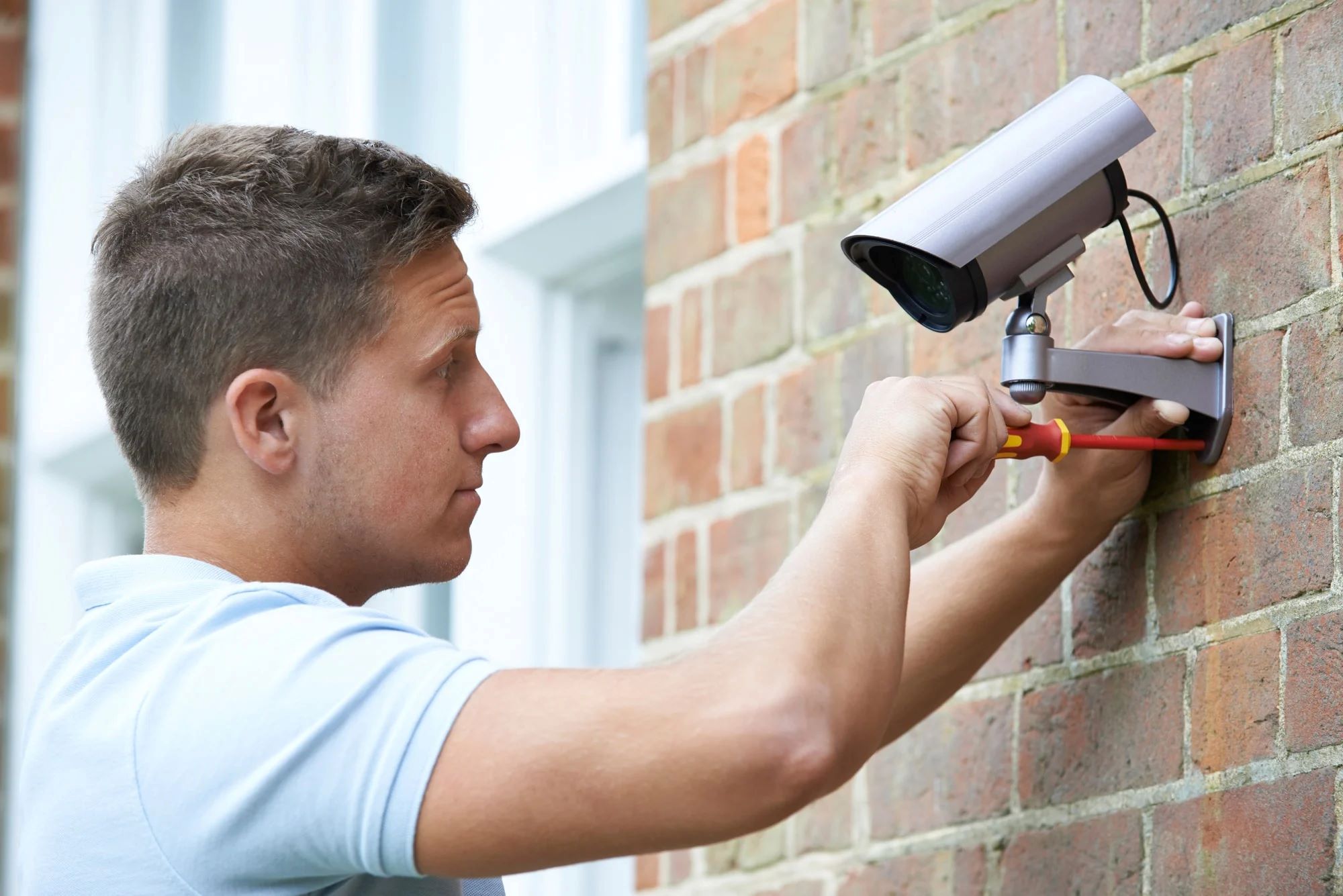
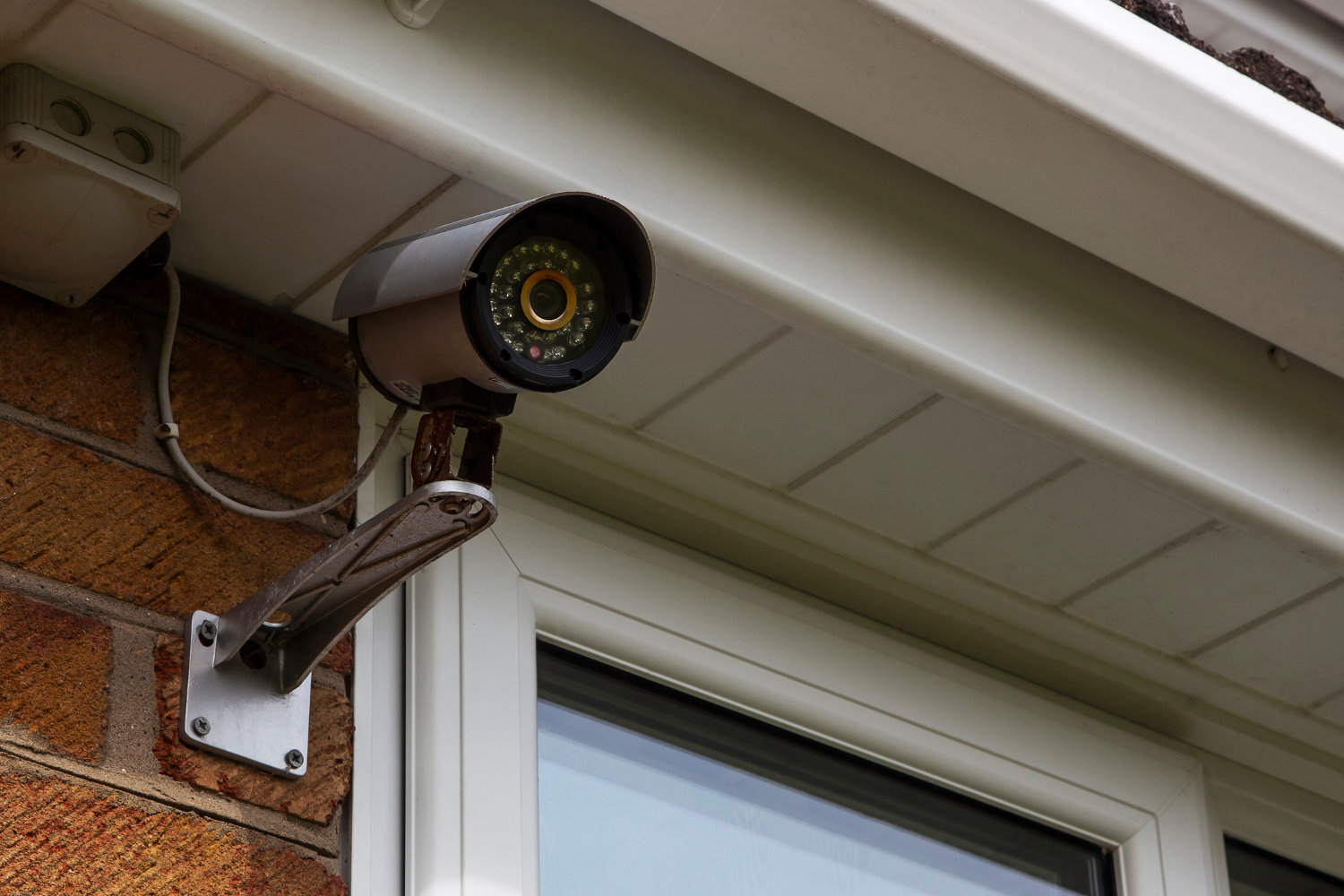
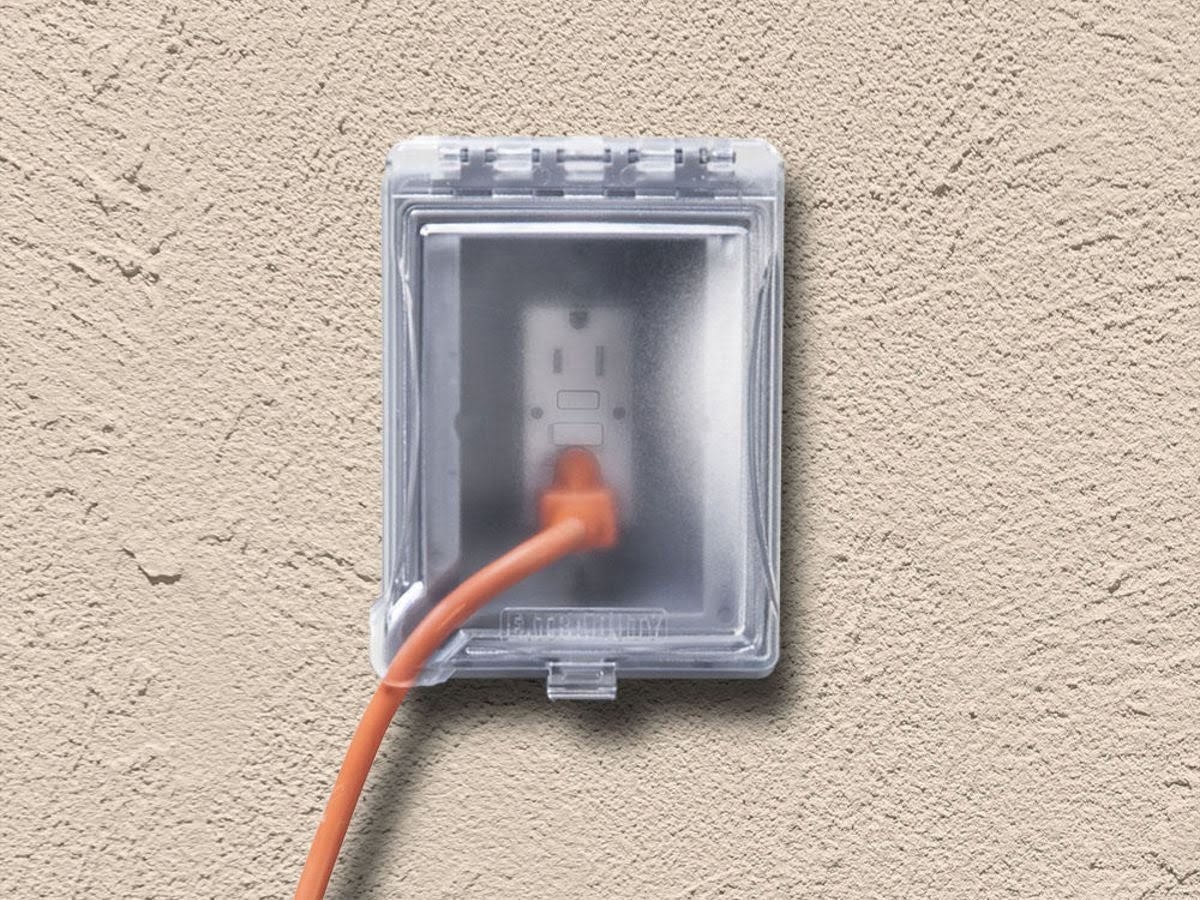
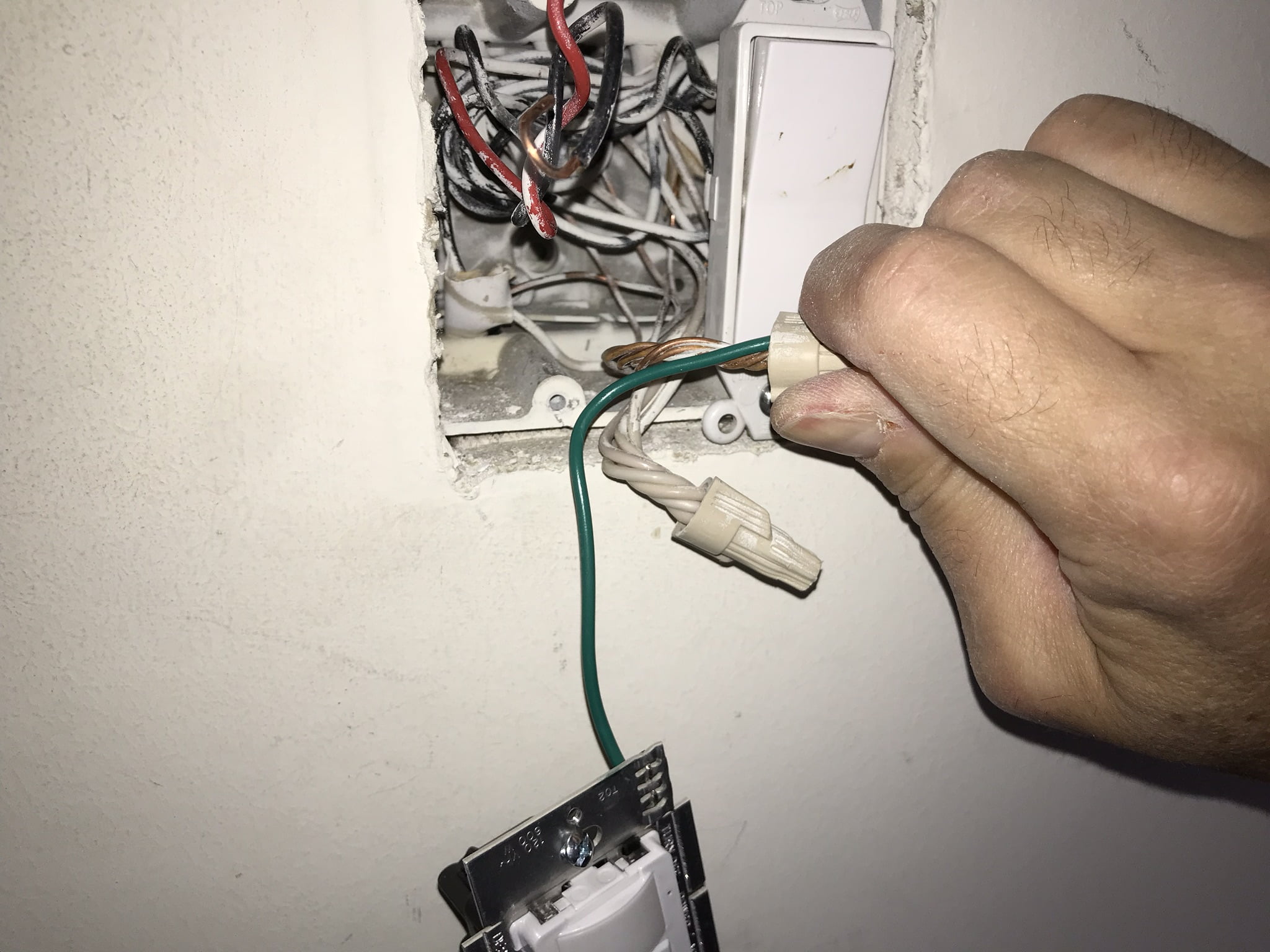
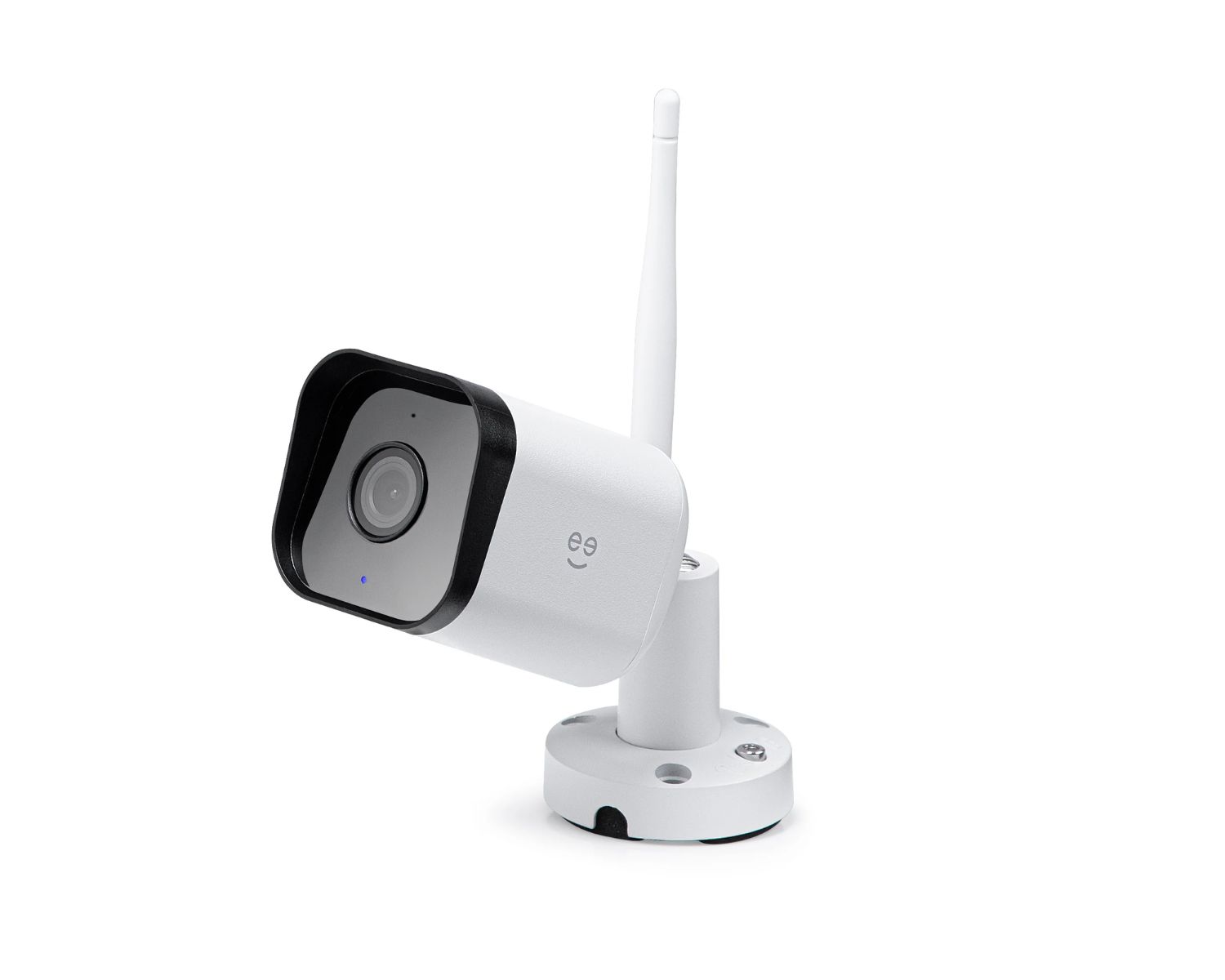
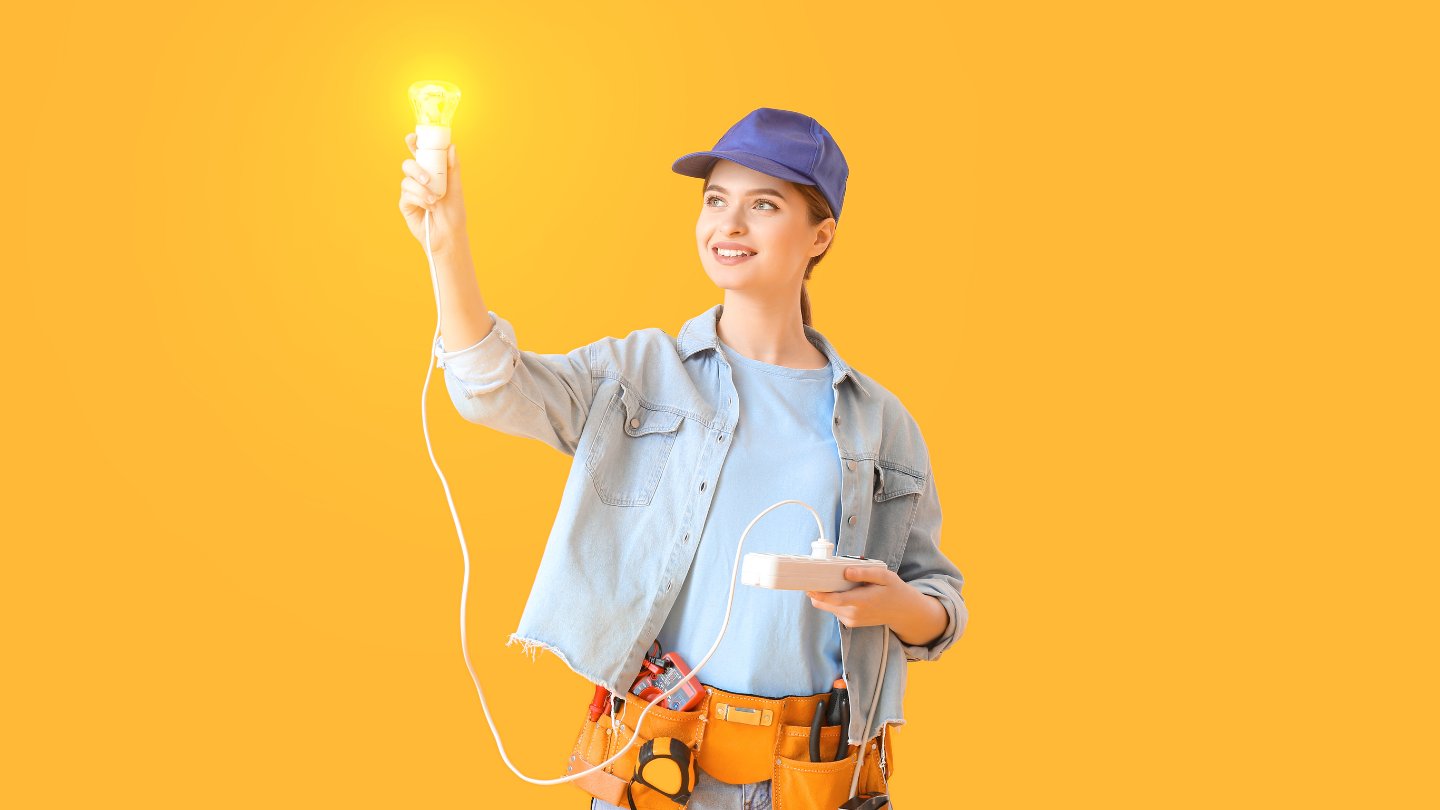


0 thoughts on “How To Wire An Outdoor Light”